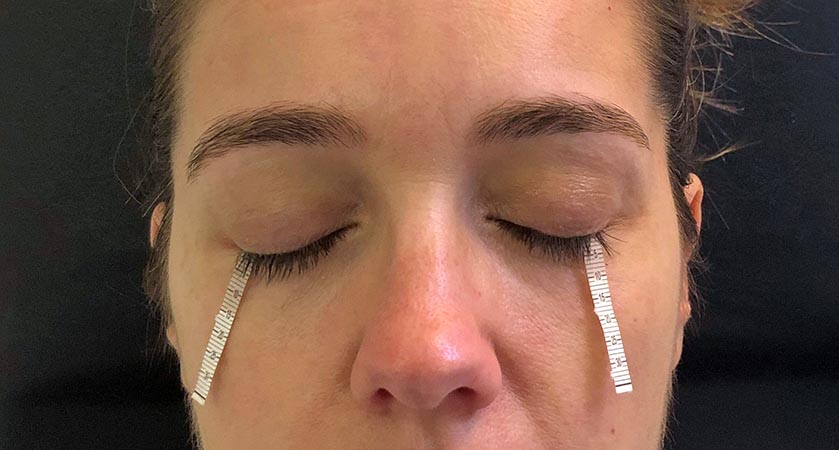The production of aqueous tears is evaluated in various ways. The Schirmer test is performed by placing a thin strip of filter paper in the lower conjunctival sac. The length of the wet portion of the strip is measured to quantify aqueous tear production.
The Schirmer test determines whether the eye produces enough tears to stay moist. This test is conducted when a person experiences very dry eyes or excessive tearing. It poses no risk to the patient.
Before the examination, anesthetic eye drops are applied to prevent tearing caused by irritation from the paper strips. Then, the doctor places these special strips inside the lower eyelid of each eye. Typically, the eyes remain gently closed for about five minutes. After this time, the doctor removes the strips and measures the wet length. If the measurement is less than 10 millimeters of wet strip after five minutes, aqueous tear deficiency is diagnosed.
A normal test result usually shows a wet length of more than 10 millimeters on the filter paper.


